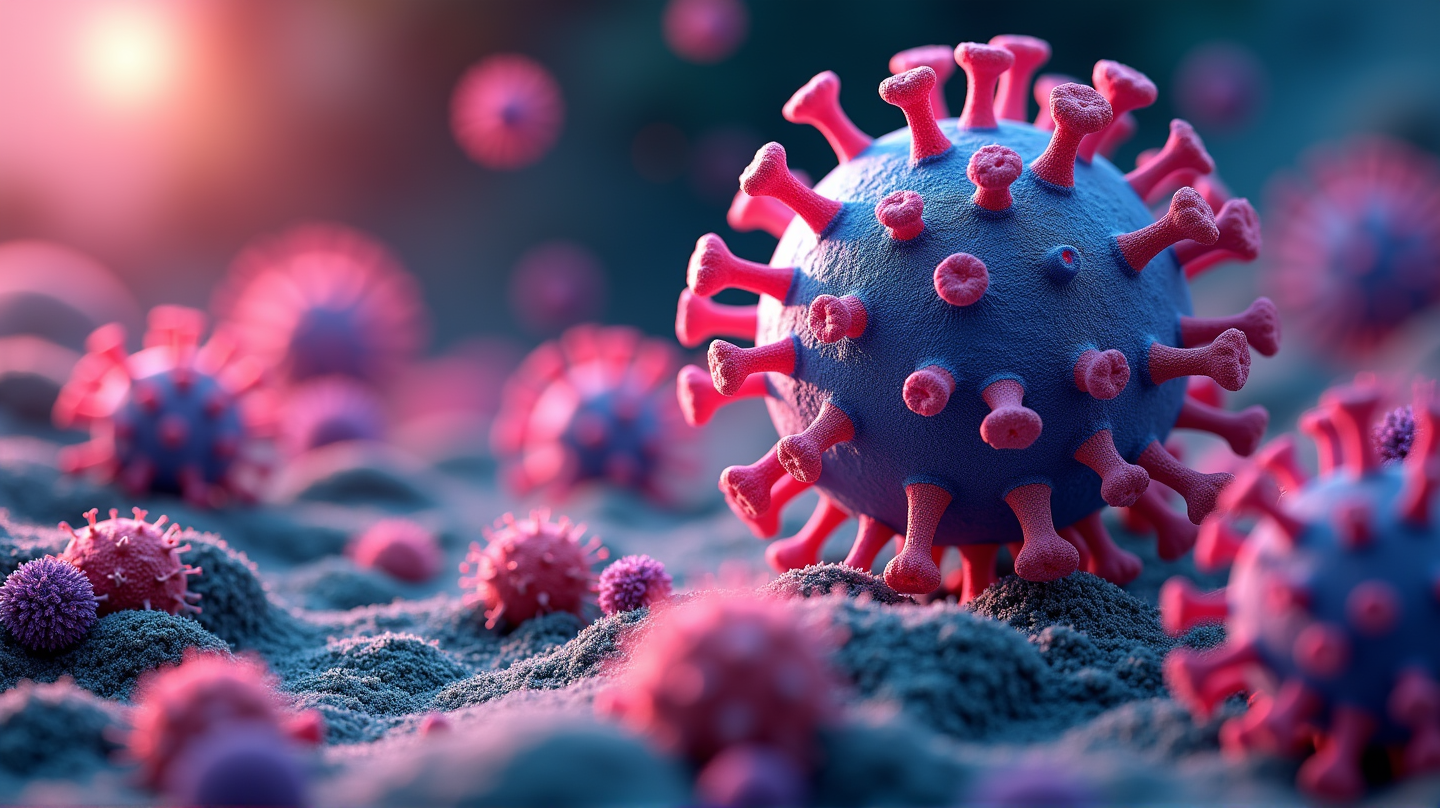A Hidden Warrior Found in Wastewater
Scientists at Sichuan University have unearthed an unexpected ally in the fight against stubborn bacterial infections—a new virus named WST1. Discovered in the unlikely location of wastewater, WST1 shows a remarkable ability to target and obliterate Mycobacterium smegmatis, a stand-in for more dangerous bacteria.
Ensuring Safety and Stability
Unlike many viruses that may pose threats to humans, WST1 has been carefully analyzed to confirm its safety. Genetic tests have shown it lacks the worrisome genes that could cause disease or spread antibiotic resistance. This makes it a prime candidate for fighting bacteria without endangering human health. According to Natural Science News, this virus remains robust in varying temperatures and pH levels, making it an excellent contender for future treatments.
Addressing Global Health Challenges
Pulmonary diseases brought on by mycobacteria are a growing concern worldwide. With the rise of non-tuberculous mycobacteria (NTM) infections, there is an urgent need for novel therapies as these infections show resistance to standard anti-TB drugs. WST1, with its specific lytic action, offers a beacon of hope—a controlled yet potent force against these environmental pathogens.
Advancements in Phage Therapy
Phage therapy exploits the nature of bacteriophages—viruses that attack bacteria without harming human cells. The lytic nature of WST1 ensures it can efficiently destroy bacteria by making them burst. Such properties not only highlight its immediate application potential but also showcase its stability and resistance against diverse environmental conditions, barring sensitivity to UV light.
Paving the Way for Future Innovations
WST1 exemplifies the exciting possibilities in phage therapy, presenting a genetic makeup that supports modular evolution. Such modularity allows researchers to enhance and tailor the virus to target specific bacteria even more effectively. With a focus on creativity and genetic engineering, this research opens up new vistas in the treatment landscape for drug-resistant infections.
Bridging Science and Application
The discovery of WST1 adds a crucial piece to the phage therapy puzzle. By expanding the repertoire of available mycobacteriophages, researchers now have a formidable tool to engineer bacteria-specific solutions. As this research advances, it brings us closer to unveiling new, effective ways to combat the ever-pressing challenge of multidrug-resistant bacterial infections.
WST1’s story is just beginning, and its role in future medical breakthroughs promises to be as dynamic as the science that brought it to life.
